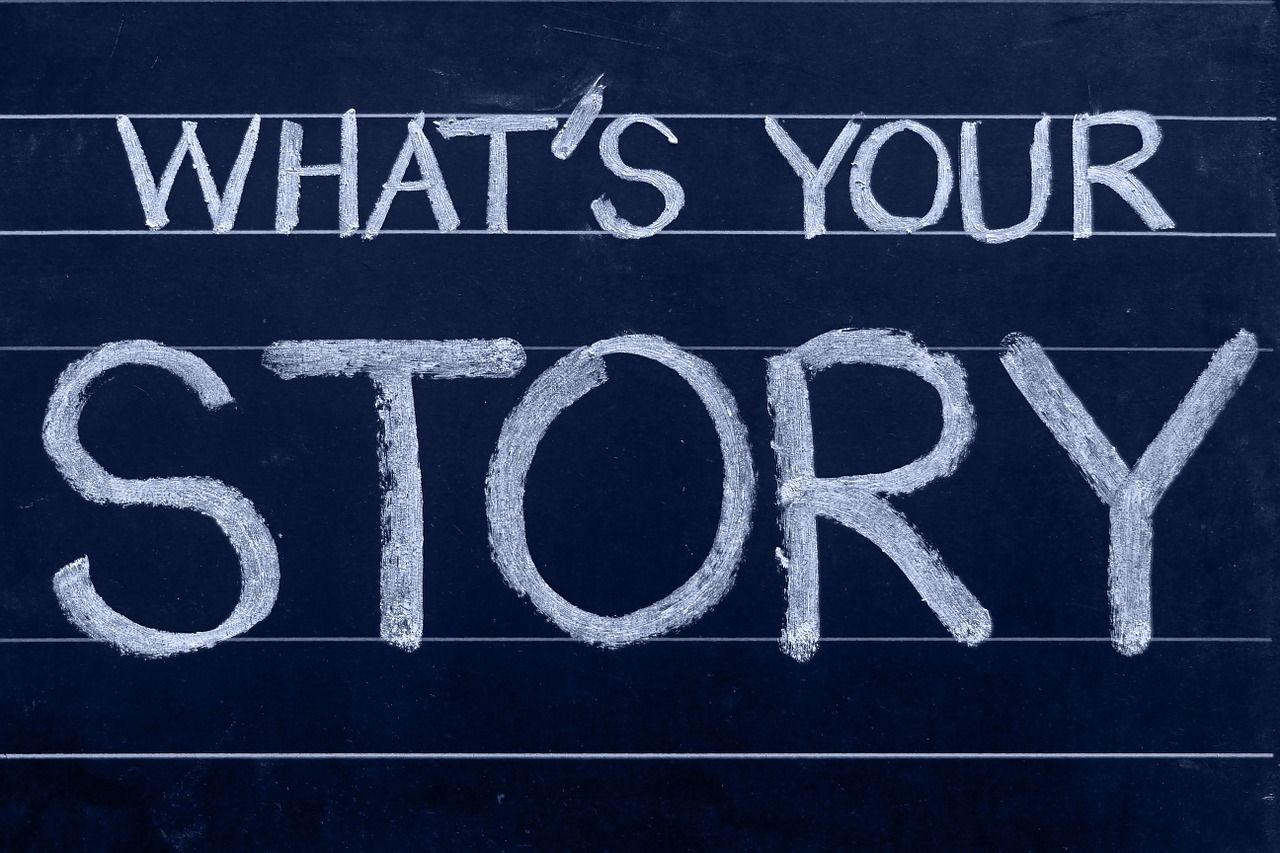
As a developmental editor, I look for many things when I evaluate a manuscript.
These are big picture things. Forests, not trees.
All of these things are important, but this post is going to focus on plot, without divorcing it from story.
There are two general types of writers: planners and pantsters. Some of you outline scenes and chapters before you start writing. Others of you just jump right in and fly by the seat of your pants.
I’m not advocating one style over another. Planners can use this information up front to write a better draft. Pantsters can use this in hindsight as they edit their draft. The only wrong way to write a book is to ignore the relationship between story and plot.
Before we get started, let’s define some terms. And let’s keep it really simple.
Plot- a series of things that happen (what happens)
Story- the why, where, when, how, and to whom
Understanding the difference between plot and story is critical to your success as a writer. The plot moves the story. The story makes the plot more interesting.
It’s much easier to focus on plot than it is to focus on writing the story. That’s because plot is simply a series of--and then, and then, and then. Plotting scenes avoids the hardest part of writing. It’s a way to avoid having to come up with the answers to the critical, burning questions.
In my post, Developing Fictional Characters, I mentioned the constructive feedback (in the form of two questions) I received from an English professor, mentor, and friend. It has served me well as both a writer and an editor.
Those are burning questions, but they are not the burning questions you want a reader to ask!
Plot does not answer those burning questions. And without burning questions, why should a reader keep turning the pages?
Cheating Your Reader Means Risking Your Success as an Author
If a reader (whether an agent; an acquisition editor; a publisher; or, as I’m more specifically referring to here, an everyday reader) puts your book down never to pick it up again, they feel cheated. Not only did they spend money on your story, they spent their time.
A reader who gets bored and feels cheated will not recommend your book; they may even leave a nasty review and a low rating, telling others not to read it. And, to add insult to injury, they’ll probably never give you the opportunity to redeem yourself. That is, they won’t purchase your next book.
From a marketing perspective, cheating readers means fewer sales, less money, less recognition. Less.
Nothing bores a reader faster than rushing the plot. Rushing the plot means going from one event or scene to another without showing the reader why.
I can hear some of you now. You’re saying, “That’s all well and good for you, Cristen, but you like literary fiction and memoirs--bleh! booooring!--so what do you know? I write thrillers, and you gotta have action to keep the reader wondering what’s going to happen next!”
Yes, action is required. But, if you don’t give the reader time to get to know the main characters and develop feelings for them, they won’t be concerned about the characters’ safety. Readers won’t care if a character lives or dies or if that character experiences trauma. Events will serve only as data points because the reader isn’t emotionally invested.
Guy walks out of a bar. Another guy follows him. Guy turns down a street. Other guy turns down same street. Other guy kills guy.
So what? What’s your point? Who cares? Certainly not I.
In his book Watchers, Dean Koontz offers a master lesson for fiction thriller writers, with a perfect blend of plot and story. Or, on the more literary side, read The Sympathizer by Viet Thanh Nguyen.
But, since you probably don’t have time to drop everything and read two novels at the moment and because your book is probably nothing like either of those, let’s get down to the nuts and bolts of writing a book that doesn’t sacrifice story in an effort to move the plot.
Any critic can point out problems, but good editors are there to point out problems in your specific manuscript and help you solve those problems.
While that is author and manuscript specific, there are some general steps you can take to avoid rushing your book’s plot.
Now that you can identify plot rushing when you see it in your writing, you can fix it. But how can you take your writing to the next level by avoiding it in the future?
Often when an author begins to rush the plot it’s because the stakes aren’t high enough. Good authors create high stakes problems (events/situations) that require complex problem solving on the parts of their characters.
Remember, it’s not the action in and of itself that interests readers. It’s the potential consequences of actions and reactions that keep readers turning pages.
So slow down. Think like a developmental editor when it comes to crafting your manuscript's plot and story. Most importantly, think like a reader.
To Write a Better Memoir or Novel, Think Like a Screenwriter, Movie Director, and Cinematographer
Photo attribution: Pixabay, CO0
Cristen Iris
WriteNow, LLC
2016
